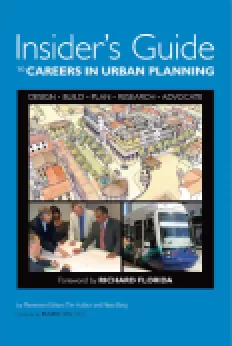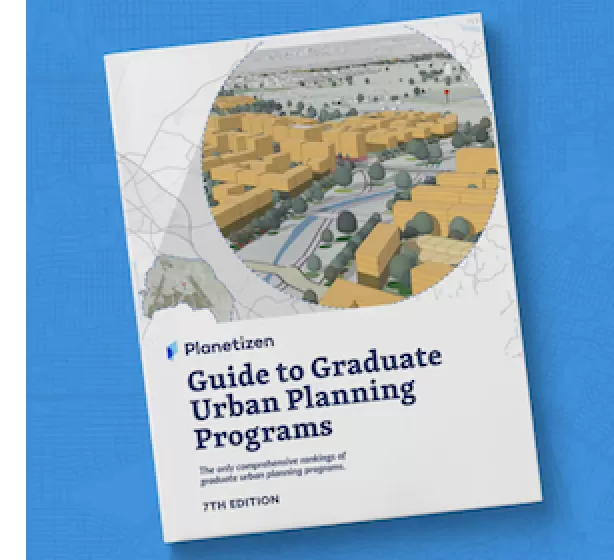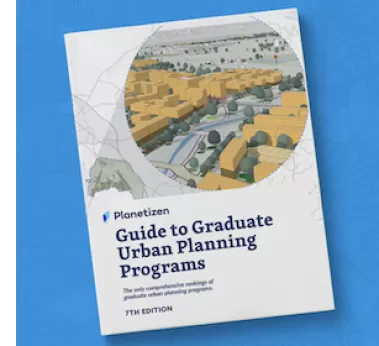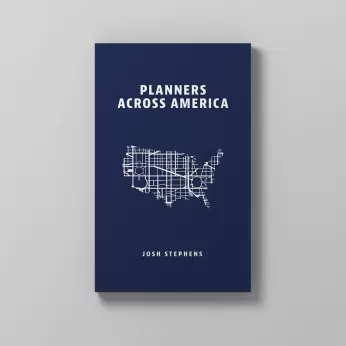At its Dec. 3 meeting, the CA HSR Authority board members unanimously voted to 'decertify' the program EIR to comply with a judge's order in a suit brought by Peninsula cities and rail and environmental nonprofits over the corridor to the Bay Area.
With the Nov. 3 ruling of Sacramento Superior Court Judge Michael Kenny on the litigation and the Dec. 3 decision of the HSRA made to comply with it now made, there is still uncertainty as to how to how these decisions will affect progress on the project. Altamont Pass (through the East Bay) proponents believe that they now have an opportunity to press their alternative, while HSRA still feel they can go ahead with Pacheco Pass (through the South Bay).
"By a 7-0 vote, the board of the California High Speed Rail Authority on Thursday decertified the massive environmental study that the agency completed last year approving the route. The board directed its staff to draw up new information to add to the study, in particular, various options showing how the trains might go from Gilroy to San Jose if the agency cannot get permission from Union Pacific Railroad to allow high-speed trains to operate in the right of way of existing tracks between the two cities.
Jeff Barker, deputy director of the High Speed Rail Authority, stressed that Thursday's decision does not mean that the agency is abandoning the Pacheco Pass route in favor of a northern route over Altamont Pass, as some groups have urged."
"By no means are we starting from scratch on this," Barker said. "Pacheco Pass is our preferred route."
From SF Chronicle:
"The groups involved in the lawsuit objected to the authority's selection of Pacheco Pass over Altamont Pass as the gateway to the Bay Area, and still consider it a superior choice, said Gary Patton, special counsel for the Planning and Conservation League, which joined in filing the suit.
Peremptory Writ of Mandate (PDF)
Thanks to MTC-ABAG Library
FULL STORY: California high-speed rail route through Pacheco Pass could be adjusted

Planetizen Federal Action Tracker
A weekly monitor of how Trump’s orders and actions are impacting planners and planning in America.

Chicago’s Ghost Rails
Just beneath the surface of the modern city lie the remnants of its expansive early 20th-century streetcar system.

Amtrak Cutting Jobs, Funding to High-Speed Rail
The agency plans to cut 10 percent of its workforce and has confirmed it will not fund new high-speed rail projects.

Ohio Forces Data Centers to Prepay for Power
Utilities are calling on states to hold data center operators responsible for new energy demands to prevent leaving consumers on the hook for their bills.

MARTA CEO Steps Down Amid Citizenship Concerns
MARTA’s board announced Thursday that its chief, who is from Canada, is resigning due to questions about his immigration status.

Silicon Valley ‘Bike Superhighway’ Awarded $14M State Grant
A Caltrans grant brings the 10-mile Central Bikeway project connecting Santa Clara and East San Jose closer to fruition.
Urban Design for Planners 1: Software Tools
This six-course series explores essential urban design concepts using open source software and equips planners with the tools they need to participate fully in the urban design process.
Planning for Universal Design
Learn the tools for implementing Universal Design in planning regulations.
Caltrans
City of Fort Worth
Mpact (founded as Rail~Volution)
City of Camden Redevelopment Agency
City of Astoria
City of Portland
City of Laramie





























